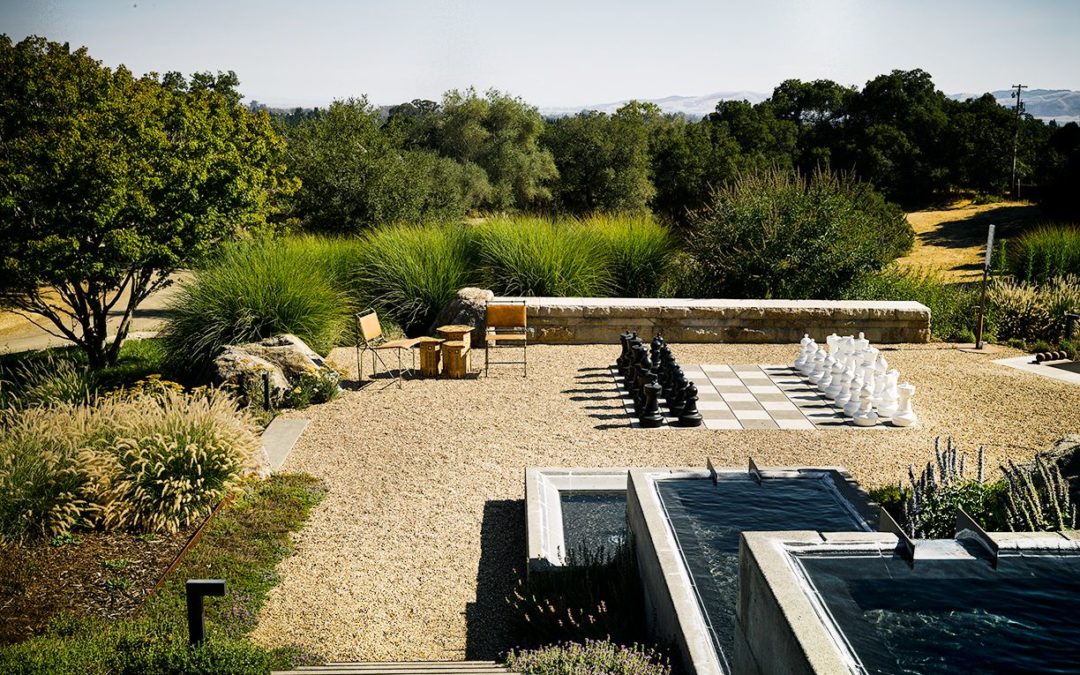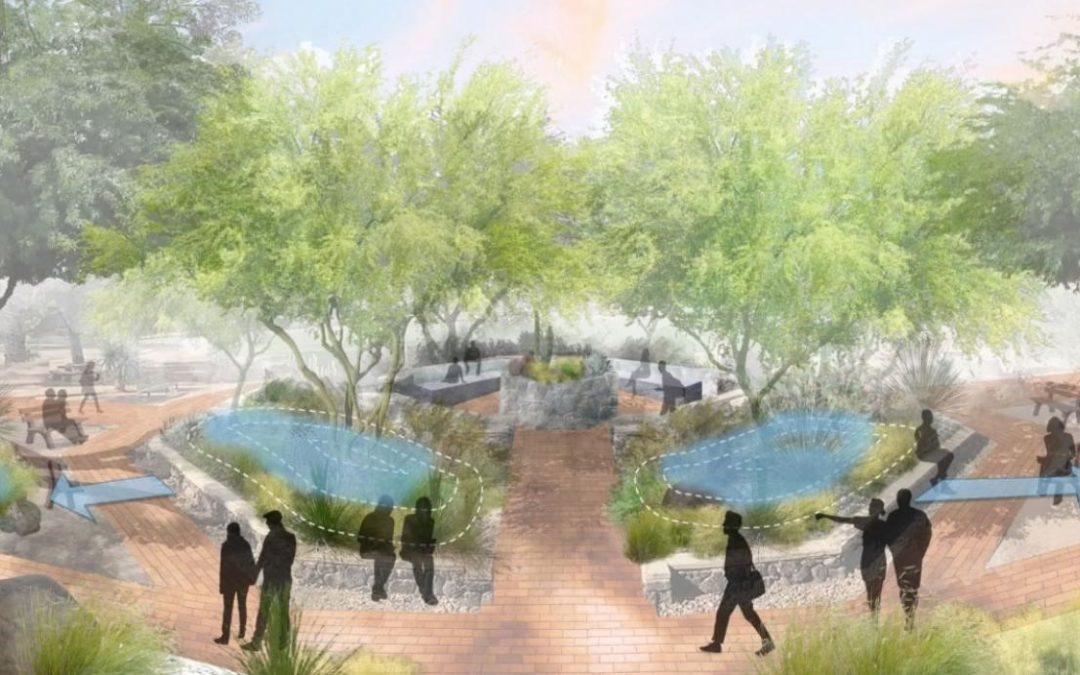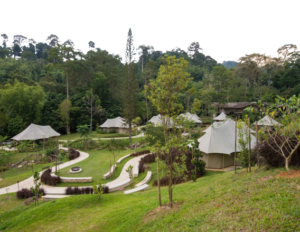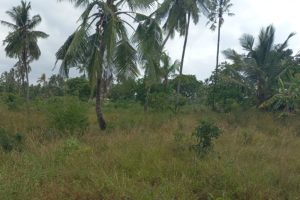
landscape design
Application of landscape design:
Landscape design can be incorporated into a wide variety of projects, from parks and green spaces, to gardens, sports sites and large estates, business parks, universities, hospital complexes, and so on. It may be used to regenerate or improve sites such as brownfield sites or contaminated sites and may be part of a biodiversity offsetting programme to help mitigate for the loss of habitat that may result from a new development.
BENEFITS: Among its many uses and benefits, landscape design can come up with ways to soften spaces between buildings, can provide links between spaces, can provide a route for people, water and animals, can provide a space for contemplation, assembly or recreation, can provide a space for gardening, and can help improve environmental quality, and so on. A well-designed and maintained landscape can attract people to a site and can have a positive impact on property value and personal wellbeing.

Landscape design is often divided into ‘softscape’ or ‘soft landscape’ and ‘hardscape’ or ‘hard landscape’.
Landscape design involves the arrangement of a wide range of elements, including:
- The landform itself.
- Built structures.
- Circulation routes, such as roads, paths, steps, ramps, railings, and so on (including accessibility considerations).
- Vegetation and planting.
- Water features, art and other installations (such as educational installations).
- Drainage, such as sustainable urban drainage systems (SUDS).
- Signage
GEOROLE
GeoRole is a company with Landscape Architecture professionals who work to protect, conserve and enhance the natural and built environment for the public benefit. We suggests that, ‘landscape architecture is rooted in an understanding of how the environment works and what makes each place unique. It is a blend of science and art, vision and thought. It is a creative profession skilled in strategic planning, delivery and management.’




